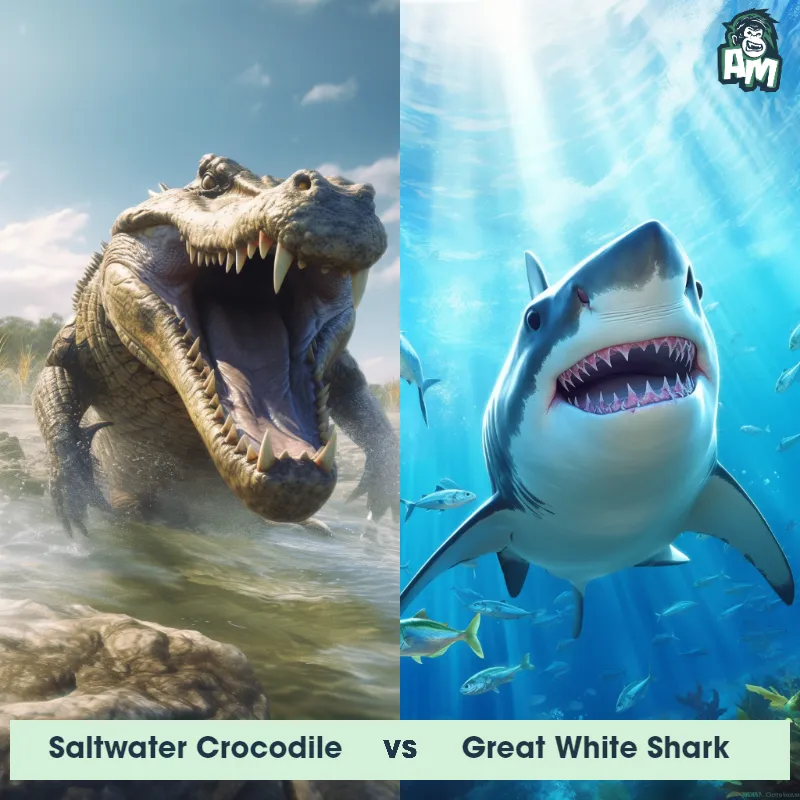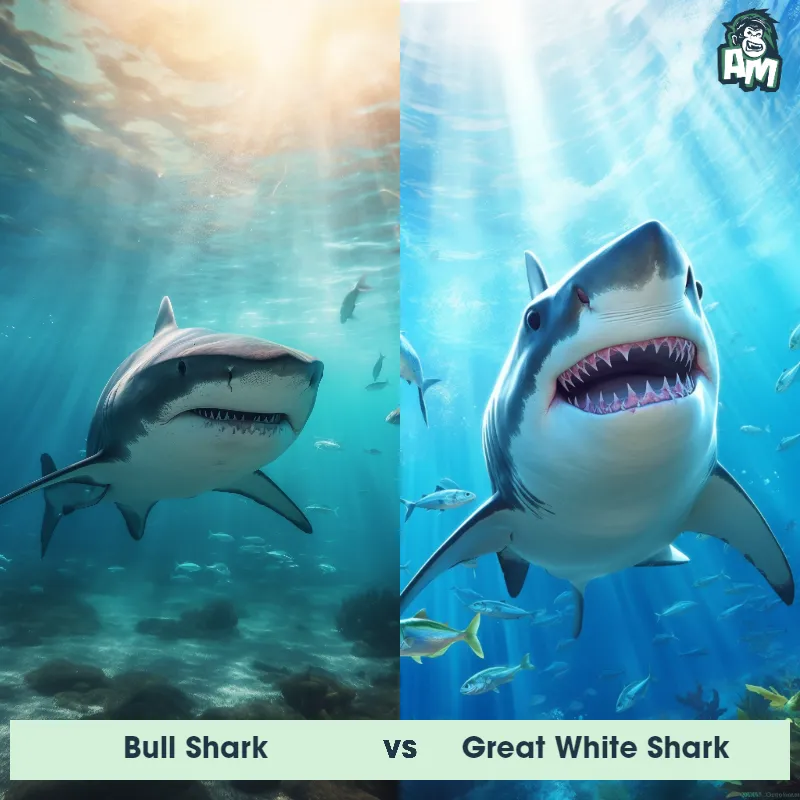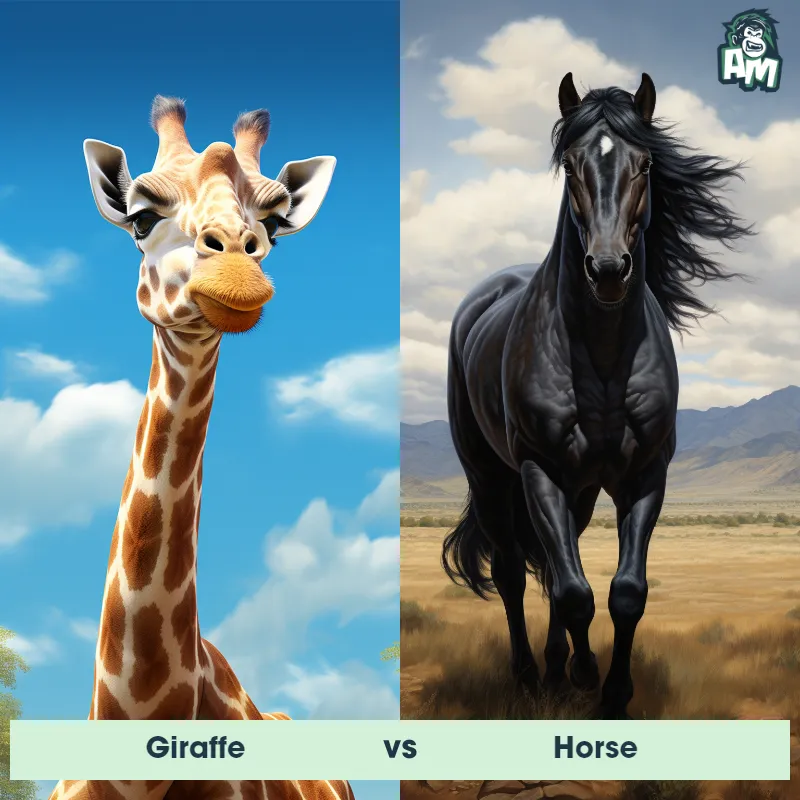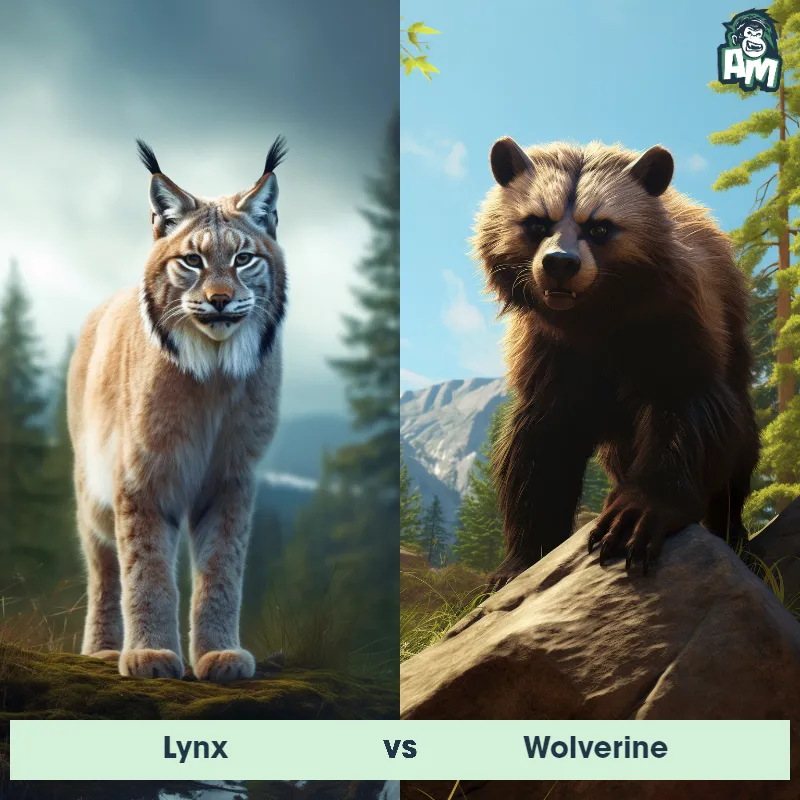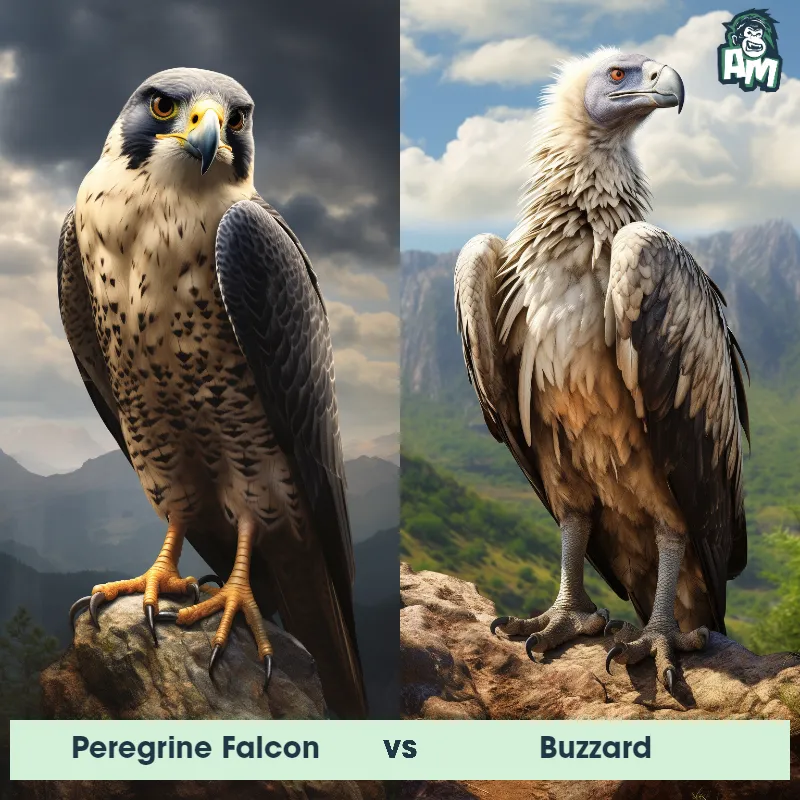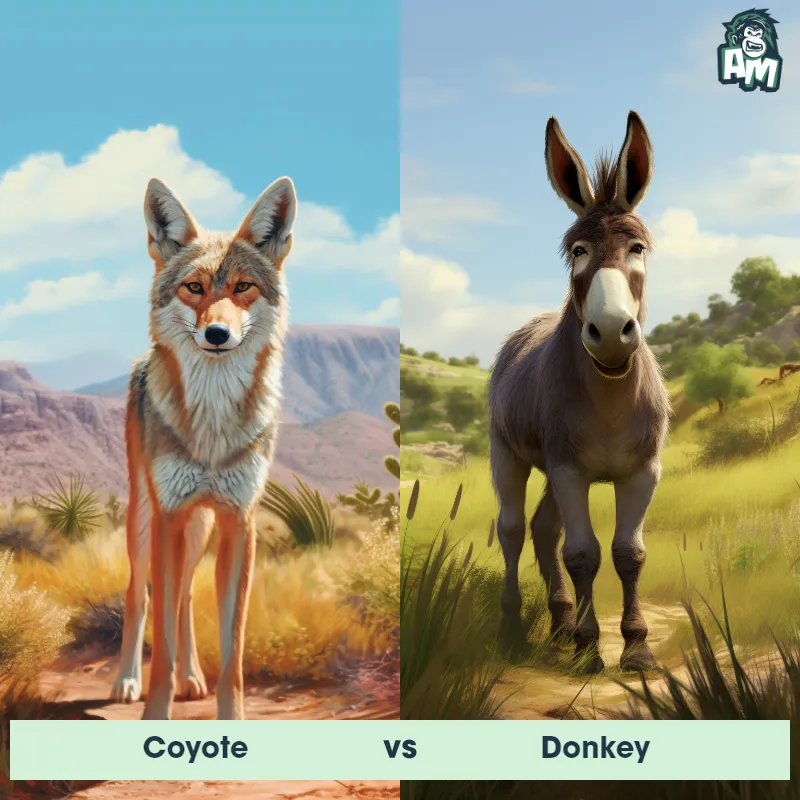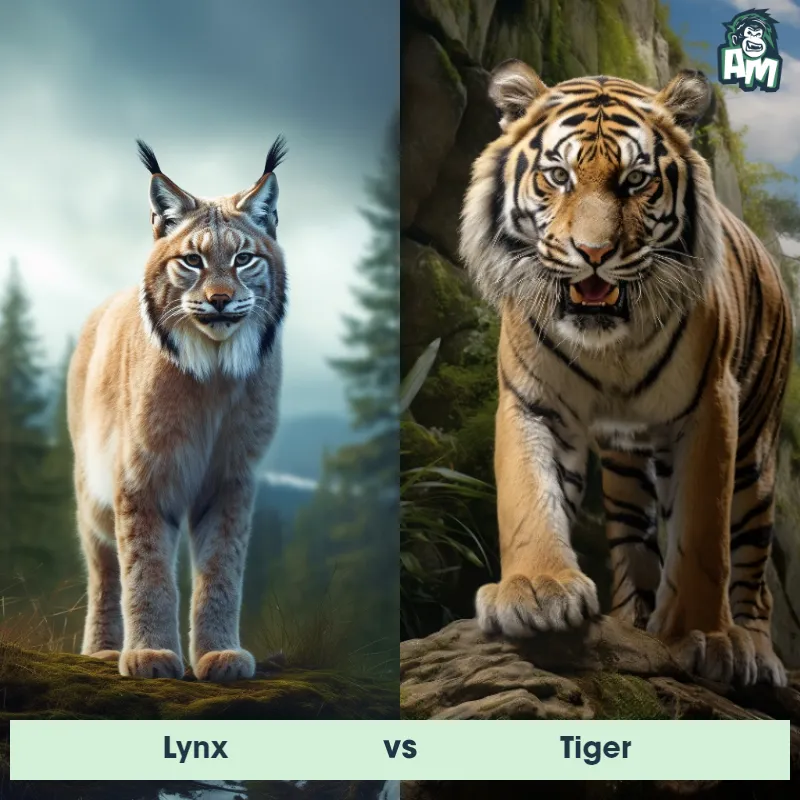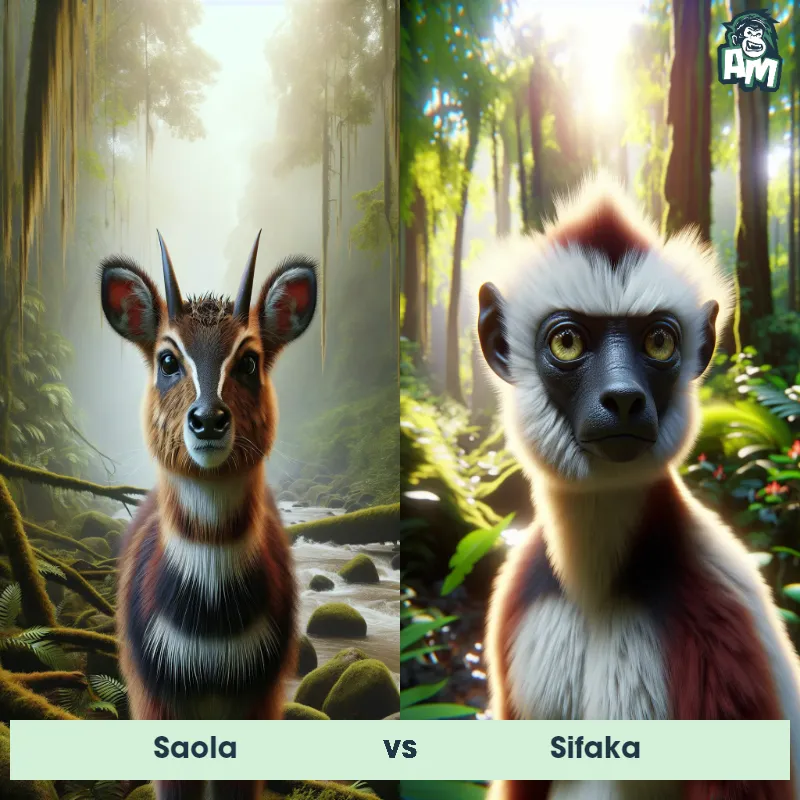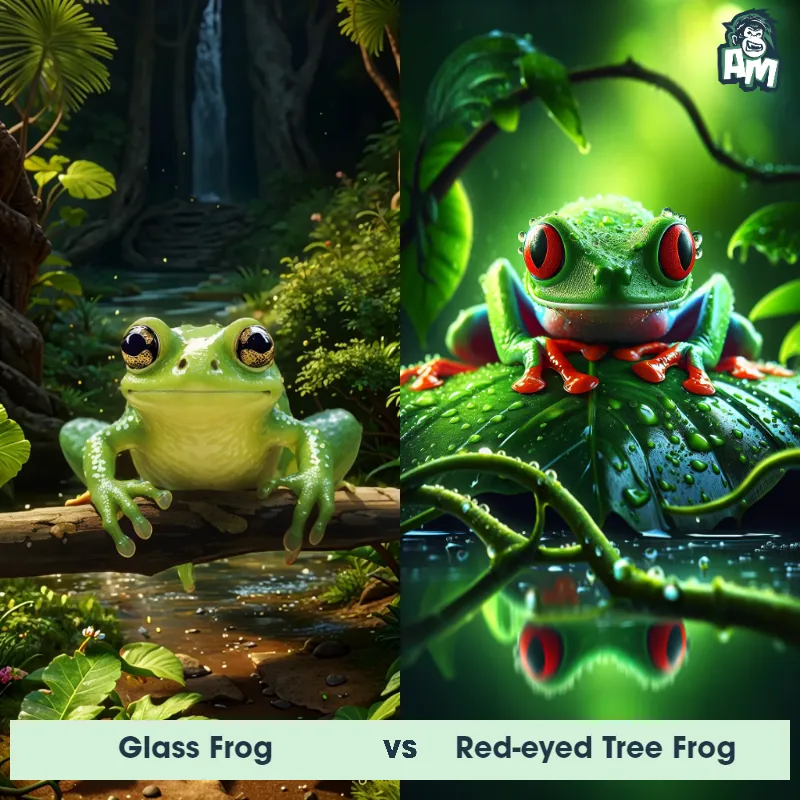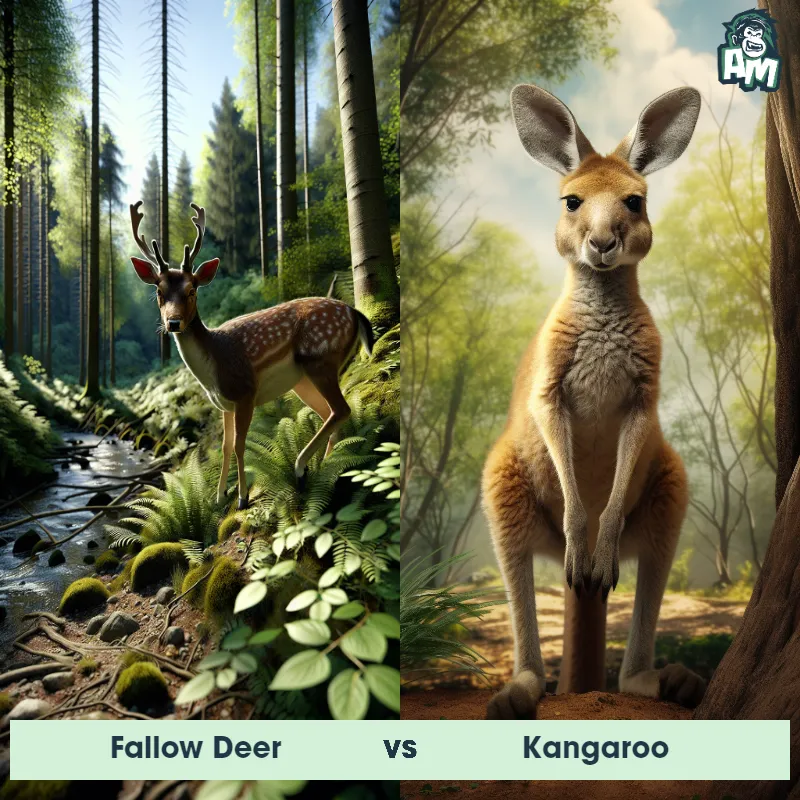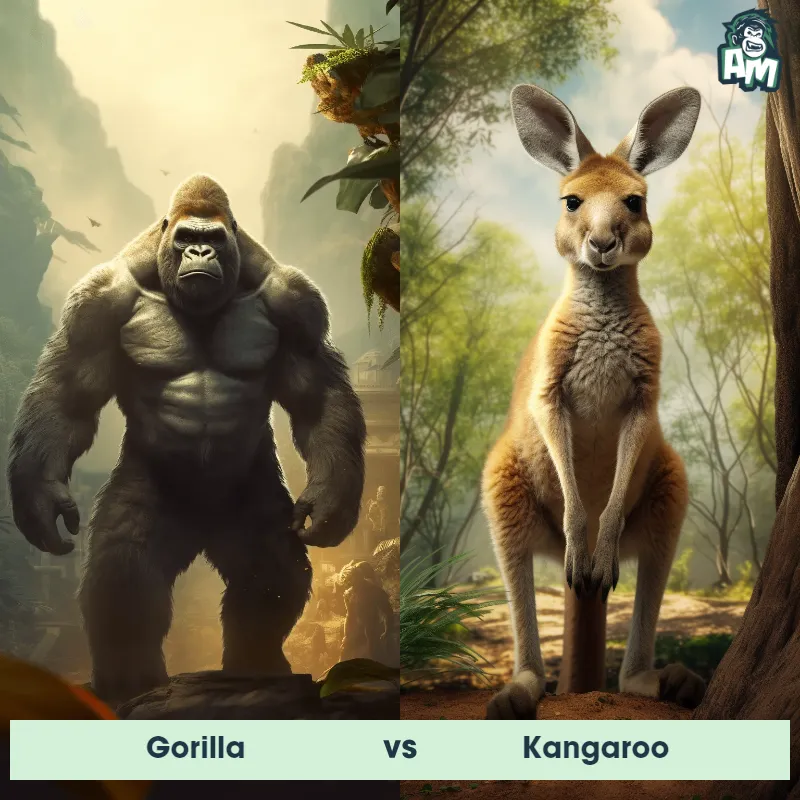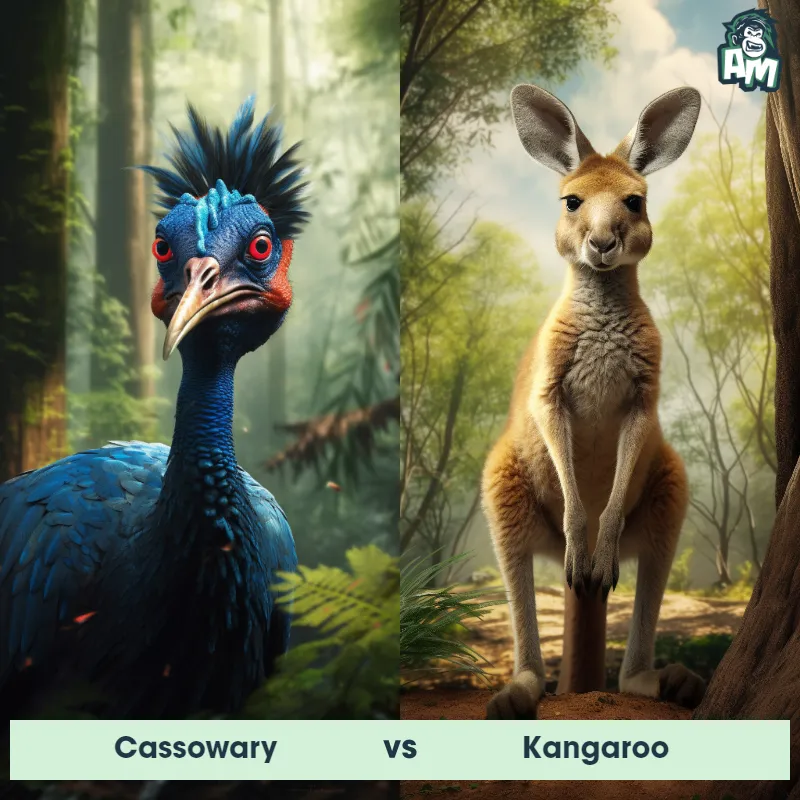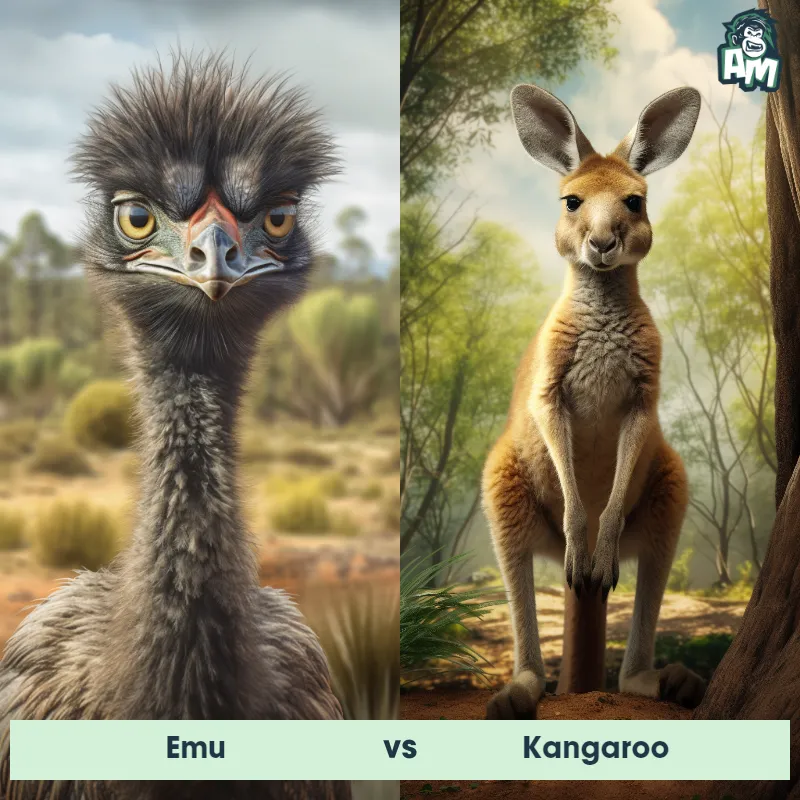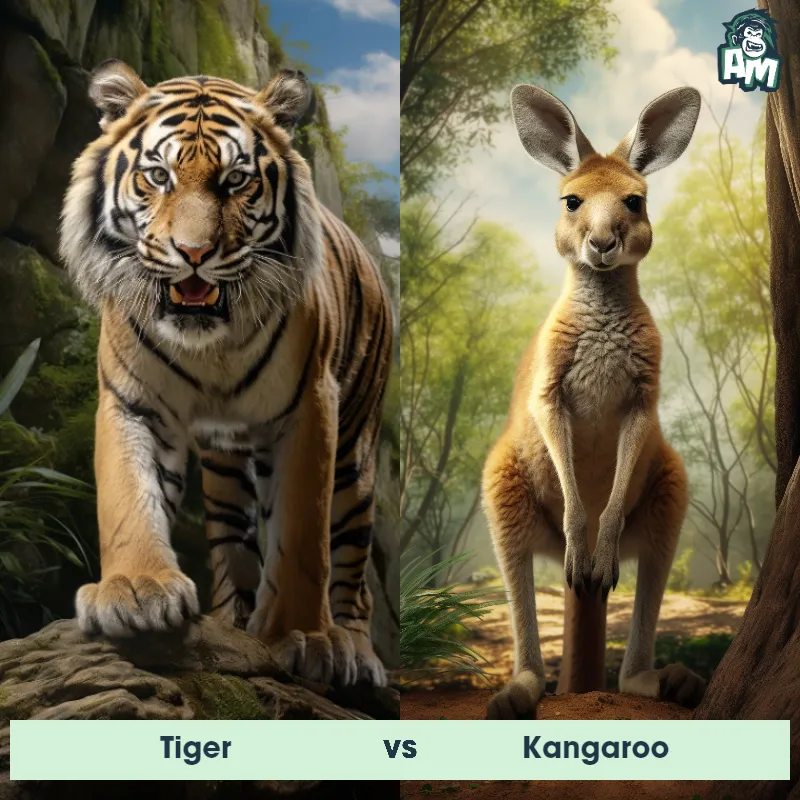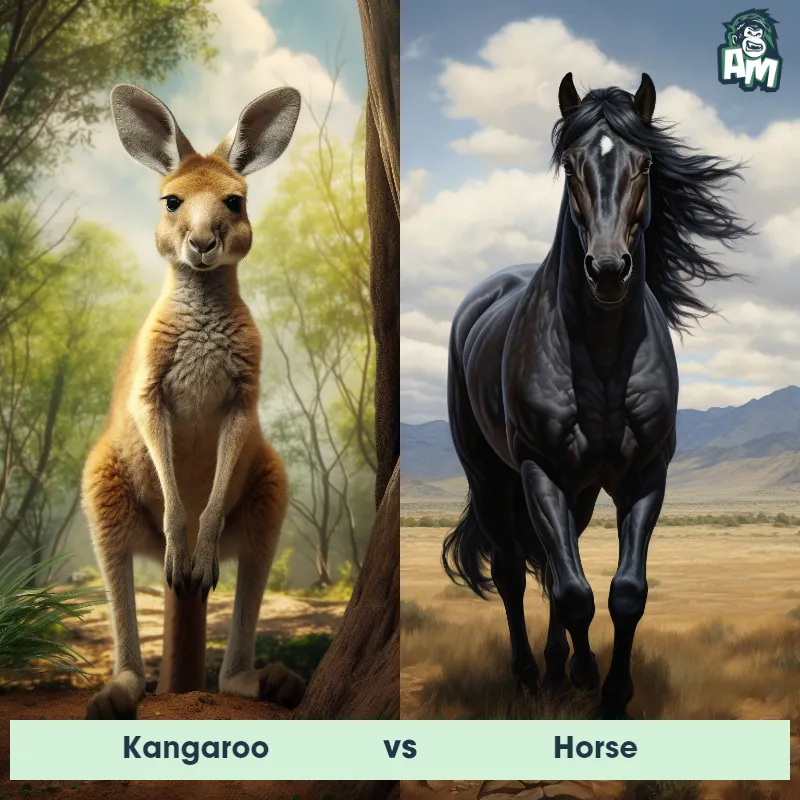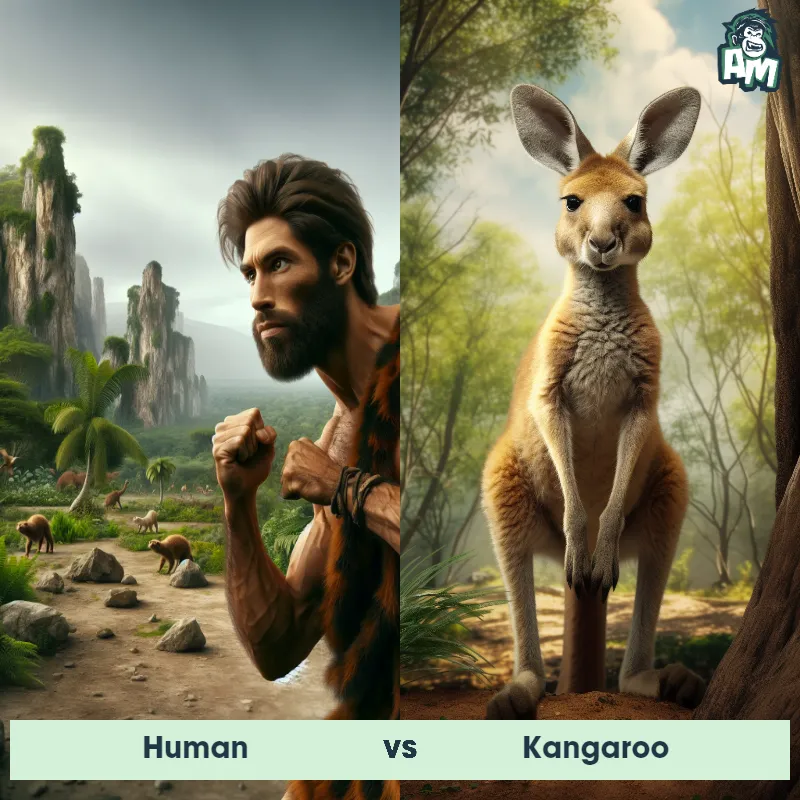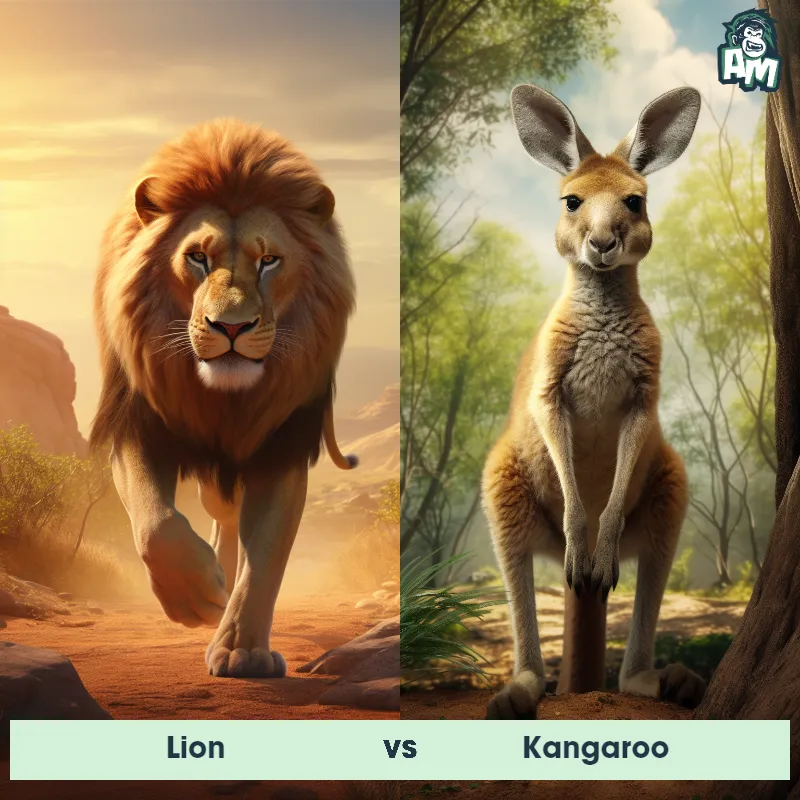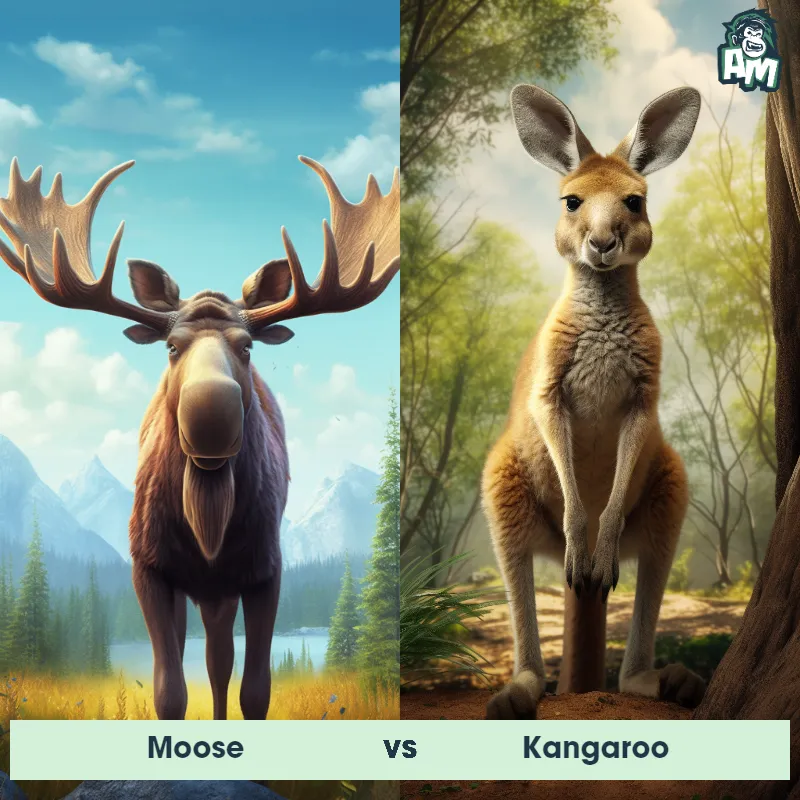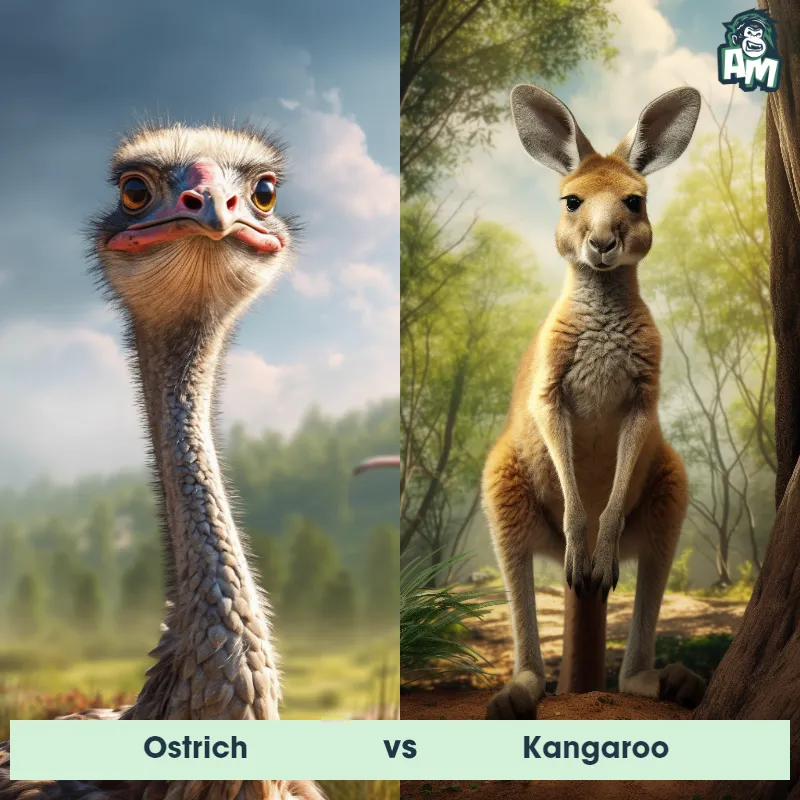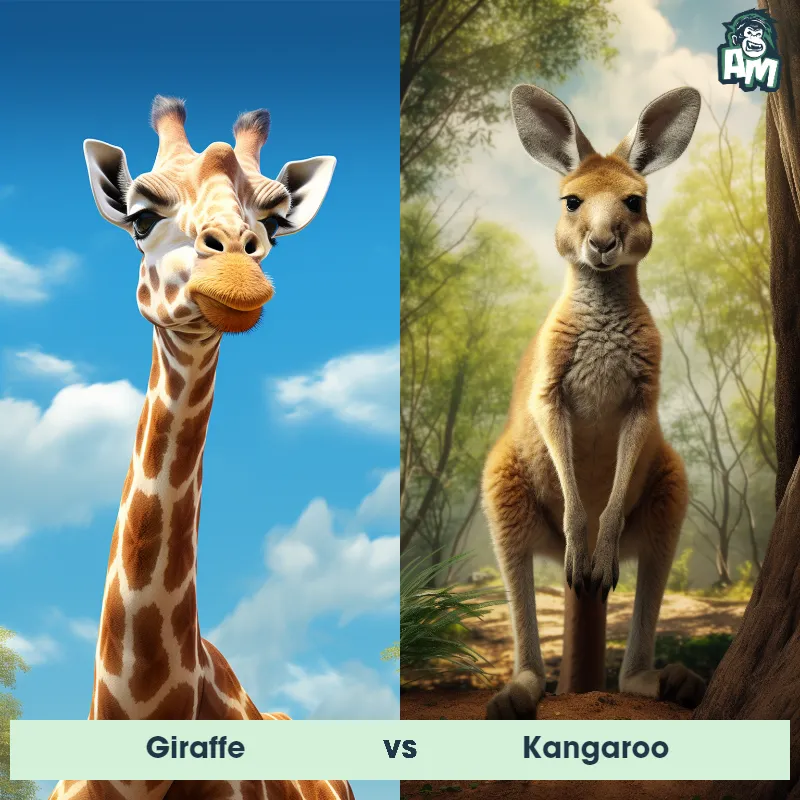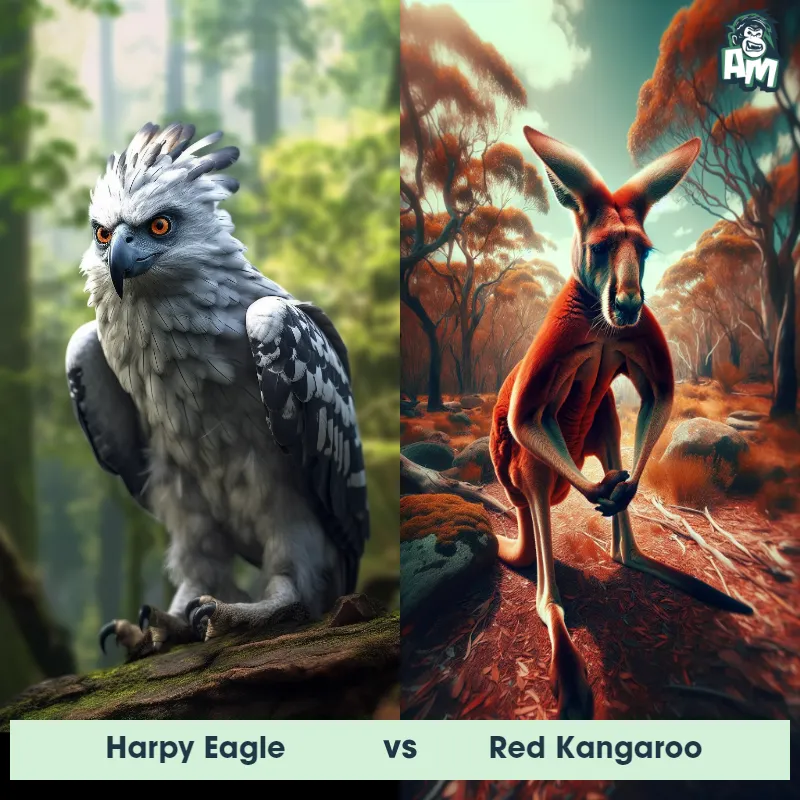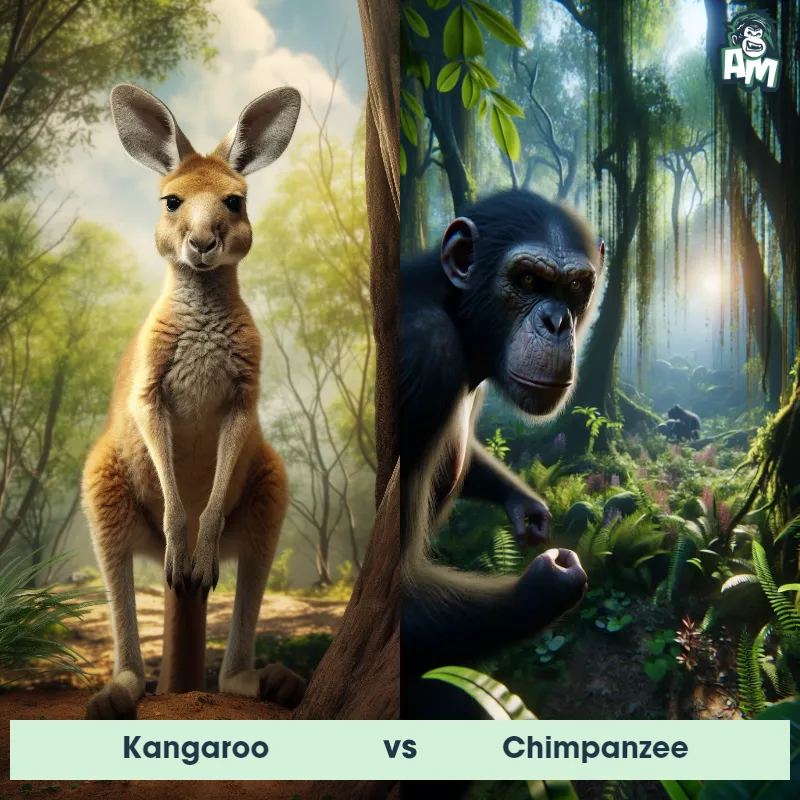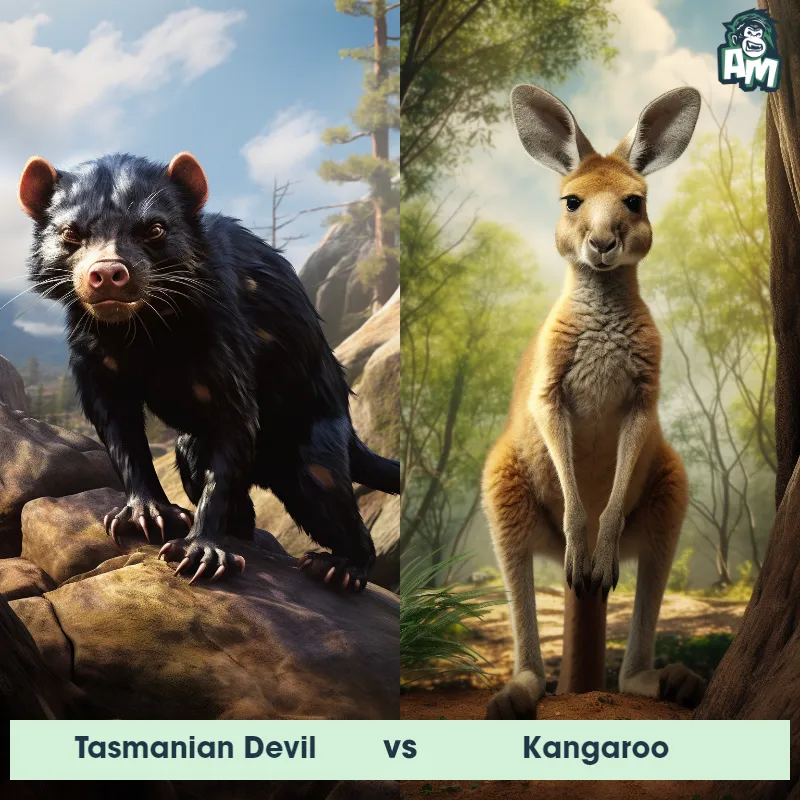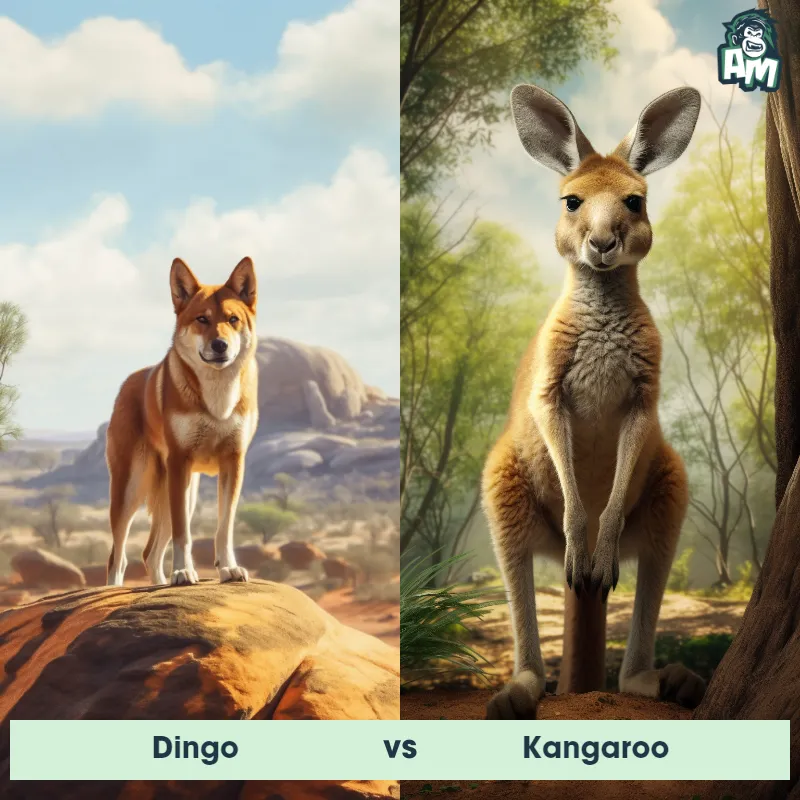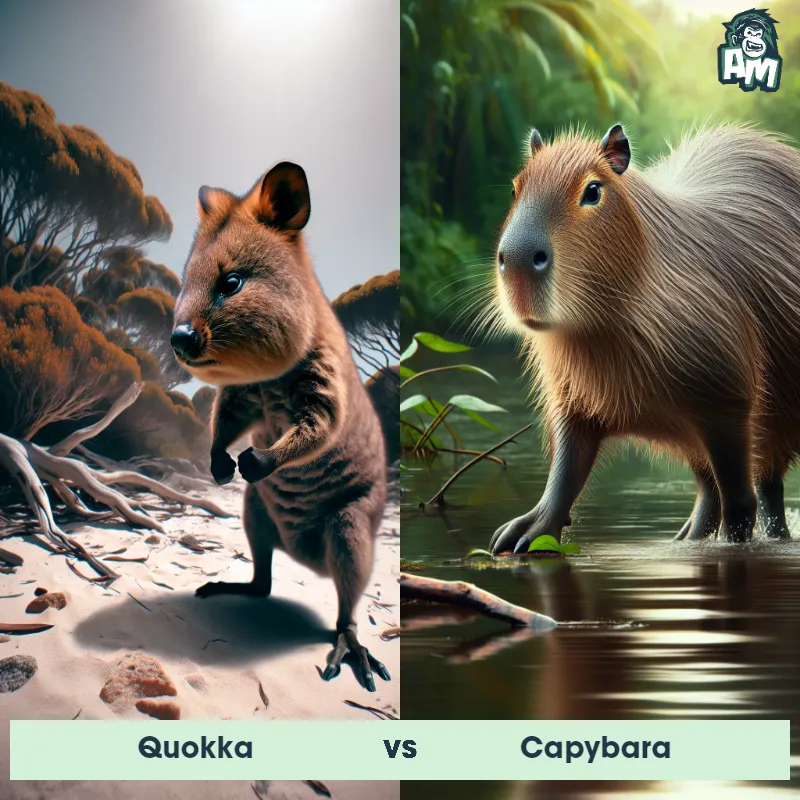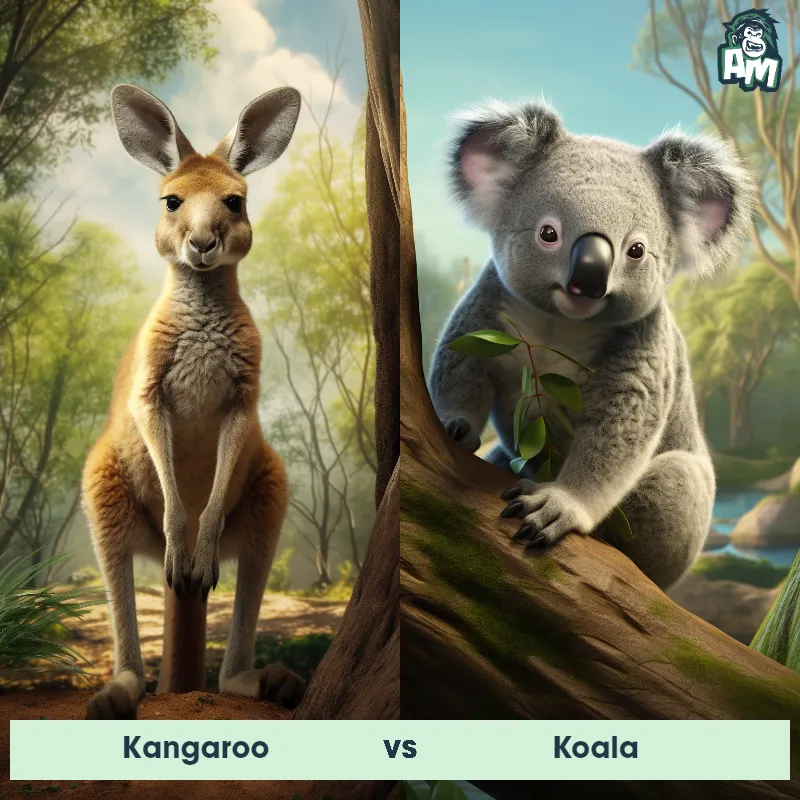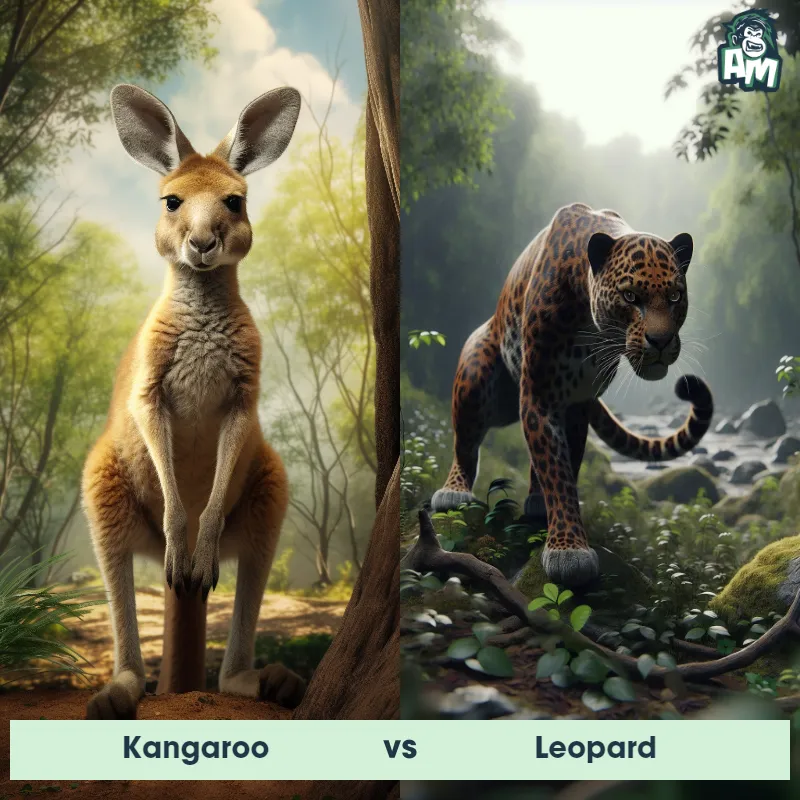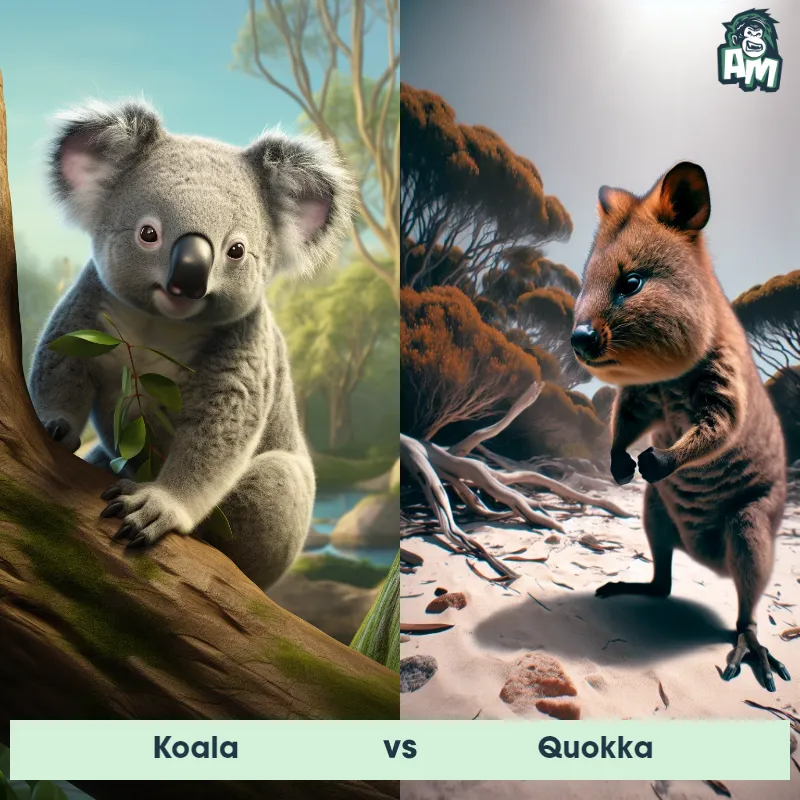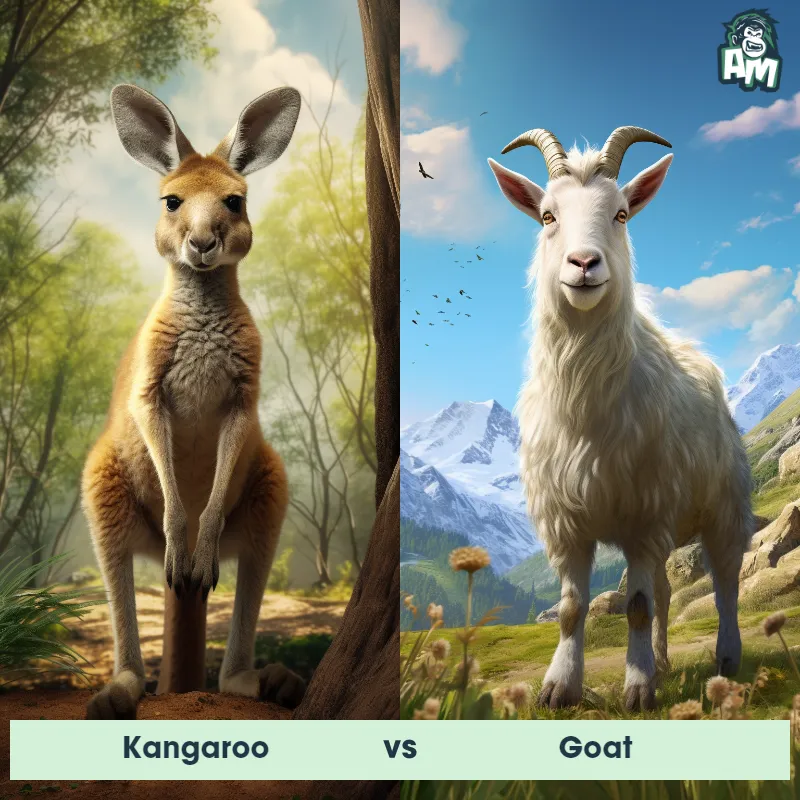Red-Necked Wallaby vs KangarooSee Who Wins
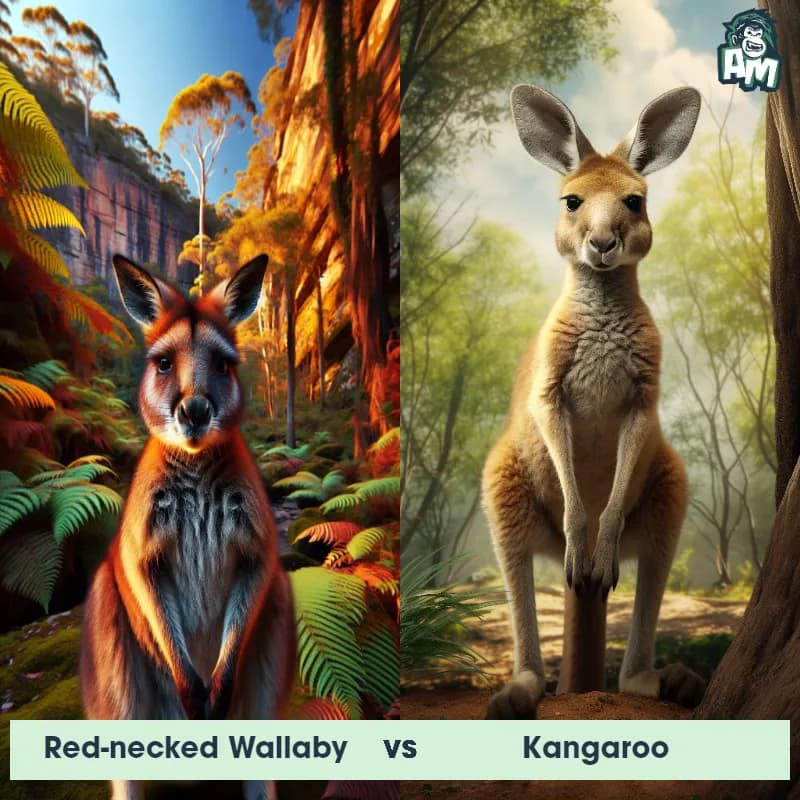
Welcome to this thrilling matchup between a Red-Necked Wallaby and a Kangaroo! Both of these marsupials are known for their incredible strength and agility, so we can expect a fierce battle today.
Contender 1: Red-Necked Wallaby
The Red-Necked Wallaby, scientifically known as Macropus rufogriseus, is a medium-sized marsupial endemic to Australia. This species has red markings on its neck and shoulders, contrasting with its overall gray-brown fur. Red-Necked Wallabies have a compact and muscular body, with a long, thick tail that aids in balance and jumping. They possess large hind legs, adapted for their distinctive hopping gait. As herbivores, they mainly feed on grasses and shrubs, and use their specialized digestive system to extract maximum nutrients from their diet. With a height of around 2-3 feet and weighing between 20-40 pounds, these wallabies are social creatures, living in small groups called mobs, and are known for their agility and ability to jump long distances.
Fun Fact: Red-Necked Wallabies are skilled jumpers and have the ability to cover distances up to 16 feet in a single leap, showcasing their remarkable athletic capabilities.
Contender 2: Kangaroo
The kangaroo is a large marsupial native to Australia, characterized by its strong hind legs, large feet, and a muscular tail used for balance. Their unique body structure allows them to hop at high speeds and leap large distances. Kangaroos have a small head, large ears, and a pouch for carrying their young, known as joeys. The color of their coat varies from grey to brown or red, depending on the species.
Fun Fact: Kangaroos are known for their unique method of locomotion; they can't walk on all four limbs, instead, they use hopping as their primary means of getting around, which allows them to cover great distances efficiently.
Matchup Stats
| Red-Necked Wallaby | Kangaroo | |
|---|---|---|
| Size | 2-3 feet (0.6-0.9 meters) | 3-8 feet tall (0.9-2.4 meters) |
| Weight | 20-40 pounds (9-18 kilograms) | 40-200 pounds (18-90 kilograms) |
| Speed | 30mph (48km/h) | 44mph (70km/h) |
| Key Strength | Agility and powerful hind legs for kicking | Powerful hind legs and strong tail for balance and kicking |
| Biggest Weakness | Limited upper body strength | Limited mobility when not hopping |
Current Votes
Red-Necked Wallaby vs Kangaroo
See Who Wins
View More Matches
Looking For More?
Similar Matches
Scientific Stats
| Red-Necked Wallaby | Kangaroo | |
|---|---|---|
| Scientific Name | Macropus rufogriseus | Macropus |
| Family | Macropodidae | Macropodidae |
| Habitat | Forests, woodlands, coastal heath, and sub-alpine regions | Grasslands, forests, deserts, and suburban areas |
| Geography | Endemic to Australia | Australia and New Guinea |
| Diet | Grasses and shrubs | Herbivore, primarily grasses and shrubs |
| Lifespan | 10 years - 15 years | 6 years - 8 years |
Key Differences between Red-Necked Wallaby and Kangaroo
- Color: Red-necked wallabies have a distinctive reddish color on their neck and shoulders, while kangaroos typically have a more uniform grey or brown coloration.
- Ears: Red-necked wallabies have smaller, rounder ears compared to the long, pointed ears of kangaroos.
- Tail: Red-necked wallabies have a longer, thicker tail in proportion to their body, while kangaroos have a more slender and shorter tail.
- Habitat: Red-necked wallabies prefer more forested habitats, while kangaroos are commonly found in open grasslands and scrublands.
- Size: Red-necked wallabies are generally smaller, with males averaging around 30-40 inches in length and females slightly smaller, while kangaroos can reach up to 8 feet in height.
- Coat: Red-necked wallabies have a thicker, woollier coat compared to kangaroos, which have a smoother fur.



